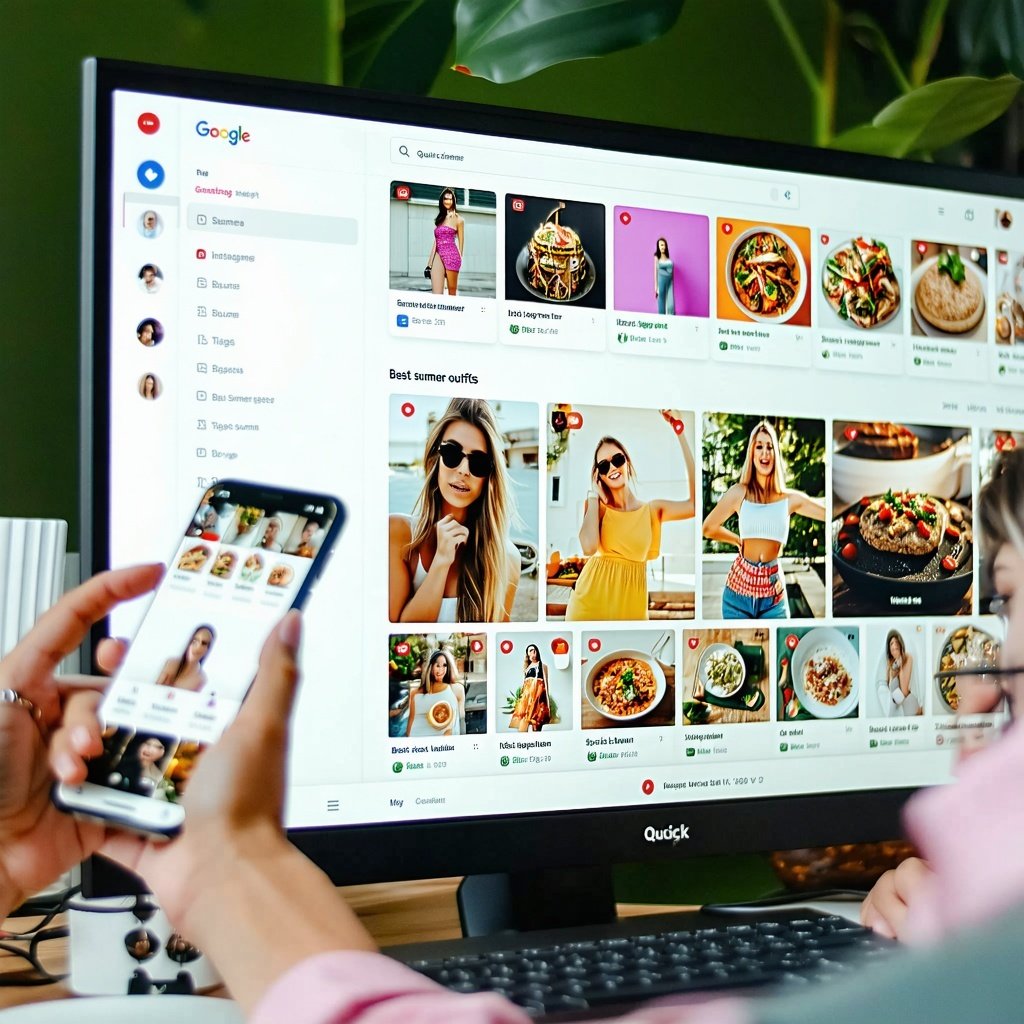Winning in the Age of AI Search: How Brands Can Thrive as Search Evolves
Search is changing faster than ever. With the rise of AI-powered features like Google’s AI Overviews and AI Mode, the familiar “10 blue links” are...
Read moreHow can you ensure your content is effectively optimised for SEO purposes? Our Digital Content Executive, Toni Brookes, talks us through seven tips to help your content achieve SEO success.
Content marketing is one of the most important tools available to the modern marketer, but how do you know whether your content is good enough to rank on the SERP? Producing high-quality content is an integral part of any good digital marketing strategy, but it involves much more than haphazardly throwing words together and calling it a blog. Content marketing is focused on creating and distributing valuable, relevant and consistent content to attract and retain a clearly defined audience – and, ultimately, to drive conversions.
So, how can you ensure your content is optimised to drive profitable customer action? In this blog I’ll be talking you through seven ways to ensure your content has SEO value – from keyword targeting to readability and visual appeal.
Before we delve into the seven ways to ensure your content is effectively optimised for SEO purposes, it’s important to consider some of the metrics that may be used for measuring SEO value. These metrics include:
The value of your content comes from its ability to show results in these areas, and it’s important to realise that using one single SEO metric won’t provide you with the full picture. With this in mind, let’s move onto some practical ways to ensure your content has the best chance of achieving SEO success.
Before putting words onto the page, it’s important to establish which keywords you’re targeting. Always keep these keywords in mind when writing and try to find natural opportunities to incorporate them. This not only improves readability of copy for your audience, but also helps you to avoid the trap of keyword stuffing – a tactic that results in Google considering your page to be devoid of useful content. The process of keyword targeting also involves:
The headline of a piece of content (the title tag, which should be the same as your H1 tag) is typically the first thing a user sees in the search results. It also tells Google what the page is about. Your headline should include the terms you’re attempting to target, beginning with your primary keyword. You should also ensure that your headline is no longer than 65 characters, as this is the point where Google cuts off titles on the SERP. If a longer headline can’t be avoided, be sure to insert your keywords at the beginning so that they are visible.
Although Google has stated that meta descriptions won’t help to boost your page rankings, meta data does serve the purpose of advertising your copy in the SERP – in other words, providing a “teaser” that may convince users to click through and read your content. So, make sure your keywords appear here, too.
To put it simply, the perfect content length is whatever your target audience requires. This depends heavily on your industry and specific buyer personas. There is no one-size-fits-all when it comes to the length of your posts, and word count should be dependent on your content goals. There are many studies that argue people should be writing several hundred words more if they want to rank, but more doesn’t always mean better. Don’t add words for the sake of adding words – the internet is filled with enough fluffy content that no-one is reading! Ask yourself, is this content telling a story? Is it engaging enough for my target audience to share? If the answer is no, a re-write might be in order.
When it comes to organic rankings, readability is one of the most important factors to bear in mind. In 2011, Google engineer Matt Cutts confirmed that spelling and grammar errors matter in search engine rankings, while also affecting your credibility. According to Charles Duncombe, a single spelling mistake could cut online sales by 50% - so make sure you have a sound proofing process in place!
While content marketing is heavily focused on words, images can help to break up complex concepts and make content more engaging. It’s also worth considering the importance of creative assets such as infographics and eBooks, which can also strengthen your SEO strategy in several ways. If you’re planning on considering visuals in your copy, you should also optimise the following:
Although Google has never explicitly stated a connection between social media and SEO, achieving some level of virality with your target audience can help with:
So, there you have it! The top seven tips for ensuring your content is set up for the world of SEO. A good piece of content takes time to create, time to rank and time to accomplish goals. It’s unwise to pump out content at high frequency, without any purpose behind it or any effort required to give it the SEO value it needs to find success.
Interested in finding out how content marketing could help you to achieve your business goals? Book in a conversation with our SEO and content experts today to find out more.
More articles you might be interested in:

Search is changing faster than ever. With the rise of AI-powered features like Google’s AI Overviews and AI Mode, the familiar “10 blue links” are...
Read more


The latest version of our newsletter should have settled in your email inbox, detailing the need-to-know information and must-read thought leadership...
Read more
Arming yourself with the right tools to ensure a smooth site migration is important - find out how to protect your SEO during a migration today.
Read more
As the cost of living continues to present challenges for many Brits, an increasing number of families are choosing to holiday within the United...
Read more
Our first curated newsletter has hit inboxes, detailing all of the latest need-to-know information and sharing all the necessary thought leadership...
Read more
Over the past few years, marketing leaders have been gearing up for the inevitable 'Cookieless Future'. Safari was the first to bid farewell to...
Read more